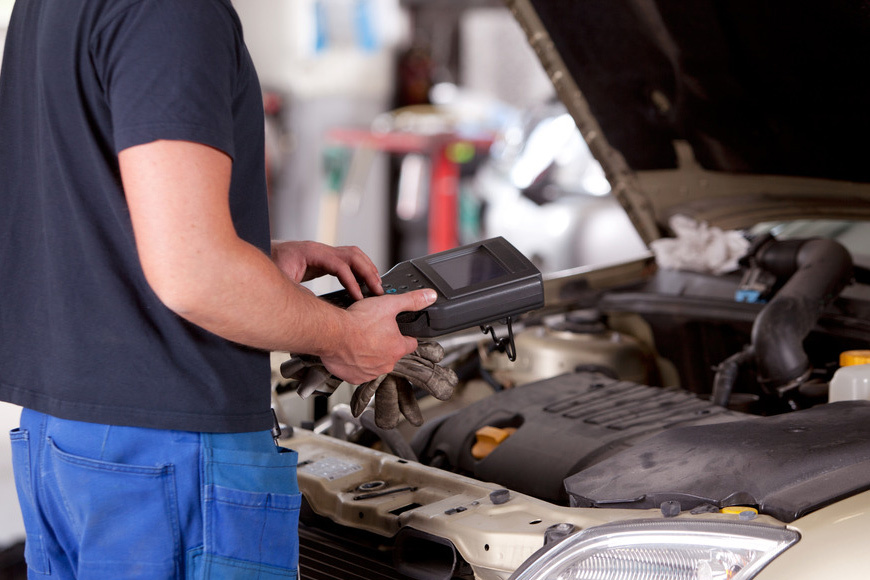How Does Vehicle Title Transfer Work?
Transferring a vehicle’s title to a new owner begins with a check with the Department of Motor Vehicles (DMV). During this process, the DMV will determine whether the vehicle has any liens against it. If there are liens, they must be paid off before the title is transferred.

Title Transfer
Electronic vehicle title transfer allows sellers and buyers to transfer ownership of a vehicle electronically. To make the process simpler and less complicated, you can choose to ask for help from tag and title services. Using a secure online system, qualified sellers and buyers can complete the entire transaction without visiting an MVD office. However, this process has some limitations, such as the number of qualified vehicles. In addition, the electronic transfer does not use a paper title. Instead, a digital copy of the title is kept in a secure online database.
The process varies by state but typically involves signing a signed title and completing several forms. Typically, you’ll need your driver’s license and proof of residence.
Titling Fees
When you’re ready to buy a new car, you need to transfer the title from your old one to the new one. The fees associated with titling a vehicle vary from state to state. In West Virginia, for example, you must pay 6% of the vehicle’s purchase price plus any trade-in value you may have. In most cases, you don’t have to pay this tax if you’re not a state resident. Nevertheless, you’ll need to visit the tag office to have the new title issued.
Suppose you’re selling your vehicle in New York. In that case, you’ll need to include the sales tax you paid on the total price of the vehicle, complete the title transfer application, and ensure the recipient has a valid New York vehicle insurance policy or a government-issued photo ID. If you’re selling a vehicle to a person who lives in another state, you may also have to provide the recipient with a copy of a valid passport.
Steps to Transfer Ownership
If you’re thinking of selling your vehicle, there are several steps you must take to transfer ownership of it. The first step is to contact your lender, arrange a payoff amount, and obtain the vehicle’s title. Each state has specific requirements. You should check with your state’s department of motor vehicles for more information.
Next, you must fill out a proof of ownership, which normally includes a bill of sale. Typically, the buyer and seller both complete the bill of sale. If you’re giving the vehicle as a gift, you must indicate the gift and the purchase price on the bill of sale. Additionally, you must fill out the “Statement of Transaction-Sale or Gift of Motor Vehicle” form at the state’s Department of Tax and Finance.
After filling out the necessary paperwork, you must visit the DMV. You must show your buyer’s ID and driver’s license to complete the transaction. You will need to pay a small fee to complete the transfer. Depending on your state, you may also need to get the vehicle smog-certified.
Checking for Liens
When doing a vehicle title transfer, you should check for any liens on the vehicle. A lien is a financial interest in a piece of property that is not the owner of the property. If the loan is not paid in full, the lien holder has the legal right to seize the car.
Liens can also impact insurance rates. If you have a bank lien on your vehicle, you should pay it in full before selling it. In some states, a lien holder will not have the right to sell a car until the lien is satisfied. In these cases, the lien holder must prove that the loan has been paid.
Verifying Ownership Information
If you’re planning to buy or sell a vehicle, verifying ownership information before the title transfer process begins is essential. However, a mistake in the title can result in a lot of hassle and trouble. To avoid these problems, be extra careful when completing these steps.
Be sure the vehicle is ten years old or newer. Also, make sure the odometer on the title is accurate. It will help the police identify the owner of a stolen vehicle. It’s also important that the seller fill out an Odometer Disclosure Statement.



